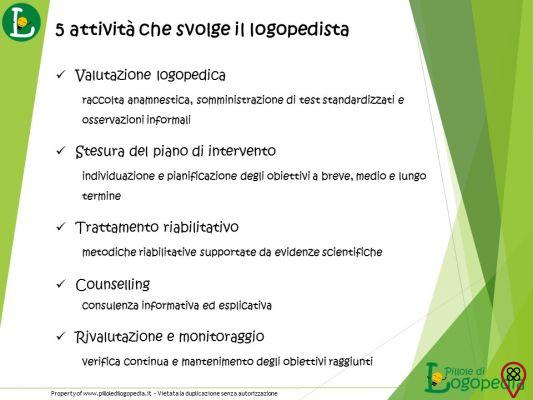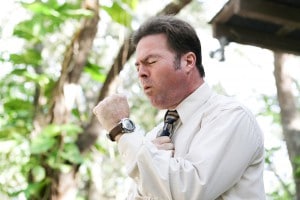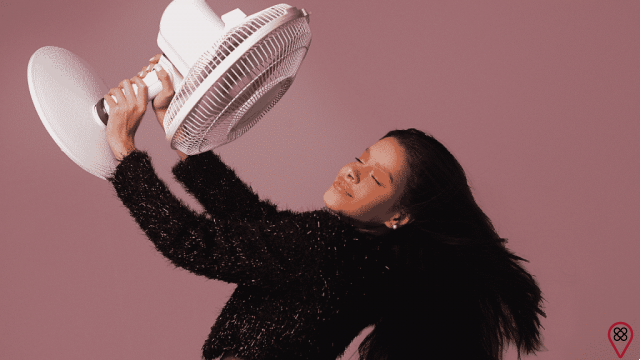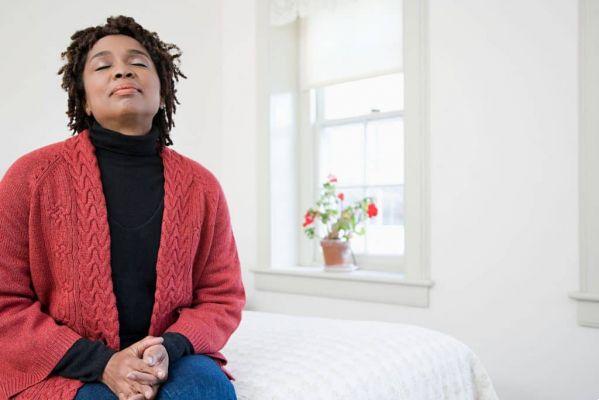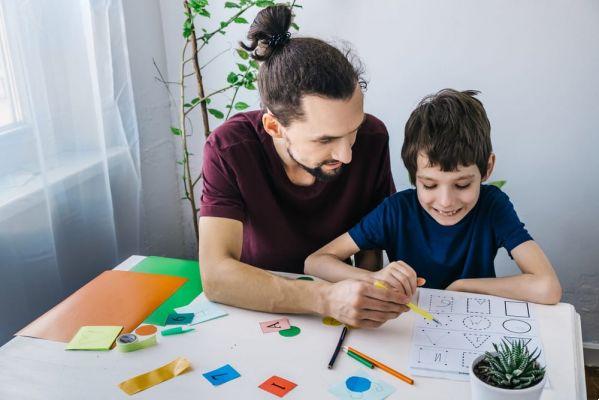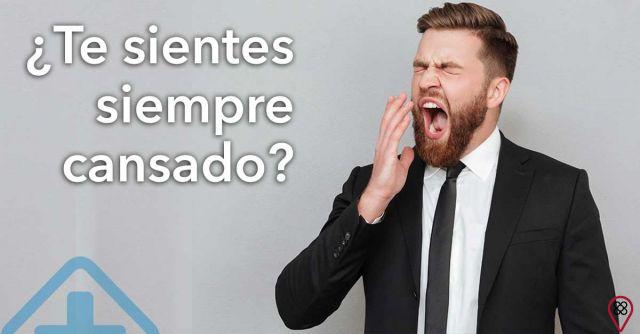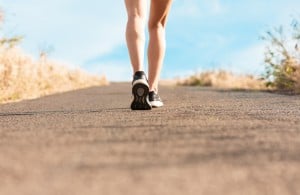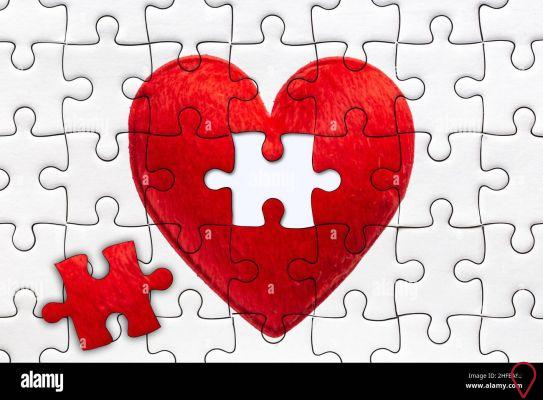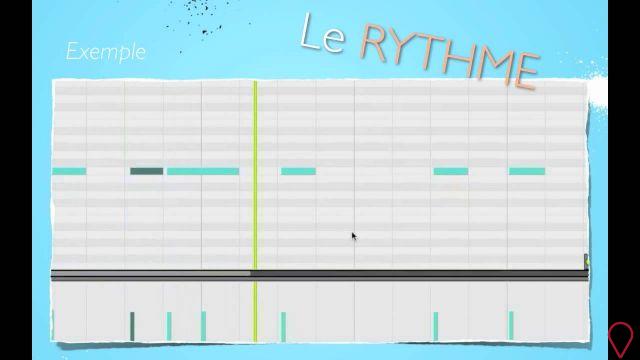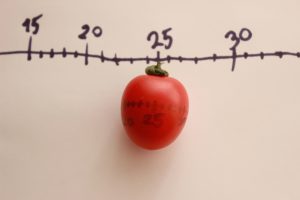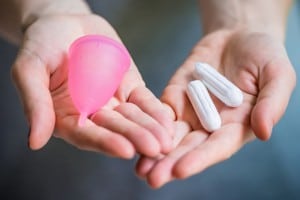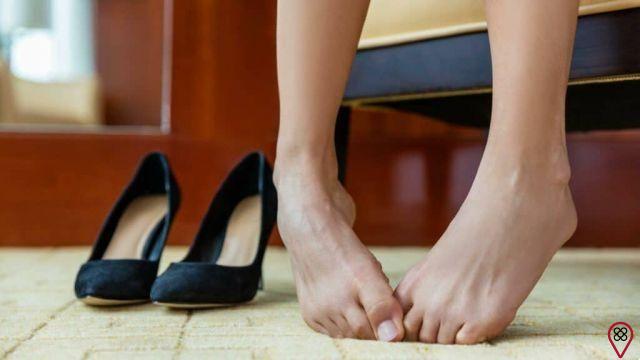Have you ever heard of reflexology? Come on, to better understand this method of knowing the body, we can break it down: according to the Priberam dictionary of the Portuguese language, reflex is: involuntary, produced indirectly and instinctively; and logia is a suffix referring to: study, theory.
Therefore, reflexology is the study of the involuntary reactions of our body attributed to nervous actions. Like this?
With probable origins in the East, a long time ago, reflexology was understood as a method of exploring the body's functions from its nerve endings through reflexes. In other words, some extremities of our body concentrate points that, when touched or stimulated, reflect on the functions of the organism that “go through this path”.
Dr. William H. Fitzgerald, resident physician in the USA, studied the phenomenon of reflexology in 1917 and developed it as the best known and most practiced therapy in this field today.
Areas
Ears, feet, hands and spine are examples of nerve endings of various organs in the human body.
Spine:
With a support function, nerve protection, axis for locomotion, fixation of ribs and muscles, the spine concentrates several nerves that when stimulated by an external factor such as massage, have different effects on the body.
There are massages of different types, with more physical and practical functions, related to the relief of local pain. And those who work with the concept of reflexology, in order for some movement in this area to stimulate a certain effect on an organ of the body, some techniques are acupuncture, shiatsu and chiropractic.
The ears:
Ear reflexology is also very effective for interior effects. Massage and touch of certain points can stimulate better functioning of areas of the body. The lower lobe part, for example, contains nerve endings connected with our eyes, tongue, teeth, and even lungs. A good professional has a map of such nerves so that the treatment is done in a more targeted way.
The hands:
In the same way, the hands are full of points to be explored. Touching the palm of the hands can reflect on the uterus and ovary in women, the prostate in men, the stomach, intestines, liver, kidneys and bladder. The fingers contain points connected to the eyes and mouth, lungs and heart.
The feet:
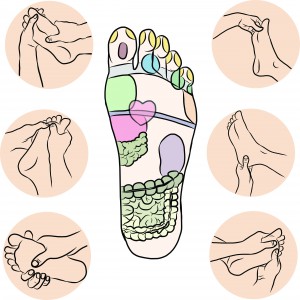 One of the main areas of reflexology practice, the feet are the territory most filled with the "ends of the nerves", because of this, there is a specific aspect of the treatment called foot reflexology, referring to this area of the human body. The points can be explored to obtain reflexes almost on the entire body, just know them and manipulate them correctly.
One of the main areas of reflexology practice, the feet are the territory most filled with the "ends of the nerves", because of this, there is a specific aspect of the treatment called foot reflexology, referring to this area of the human body. The points can be explored to obtain reflexes almost on the entire body, just know them and manipulate them correctly.
Some examples of areas of the foot map are: brain at the tip of the toes, cervical spine at the base of the toes, stomach and kidneys at the center.
how to enjoy
A quick internet search provides access to a map of areas where the reflexology method can be applied. That is, just analyze the map and try to touch your own body, the movements should not be sudden or with a lot of pressure, but with enough so that the reflection is generated.
Some tips from the most common practices:
- Pressing the area between the big toe and the next toe, thus, generates a stimulus in the thyroid and can help in the acceleration of metabolism.
- Massage the corners of the feet in the direction below the little toe. There is the point of the intestine and the technique is used to improve its functioning.
- Pressing the center of the hands will generate a reflex in the kidneys, preventing, for example, fluid retention.
- Squeezing the top of your middle finger can help with a bad headache. There is the nerve connected with the eyes and brain.
It is worth remembering that these are auxiliary alternatives for each one to test their effectiveness in their own body. The effects can be immediate, long-term or even imperceptible. It is important to seek to identify the results in order to improve the practice.
Consultation with a professional is also very valuable in order to have a more specific touch and well-founded guidelines.
Text written by Júlia Zayas from the Eu Sem Fronteiras Team.



